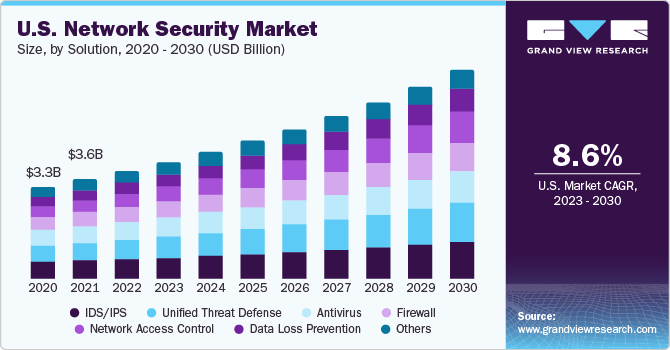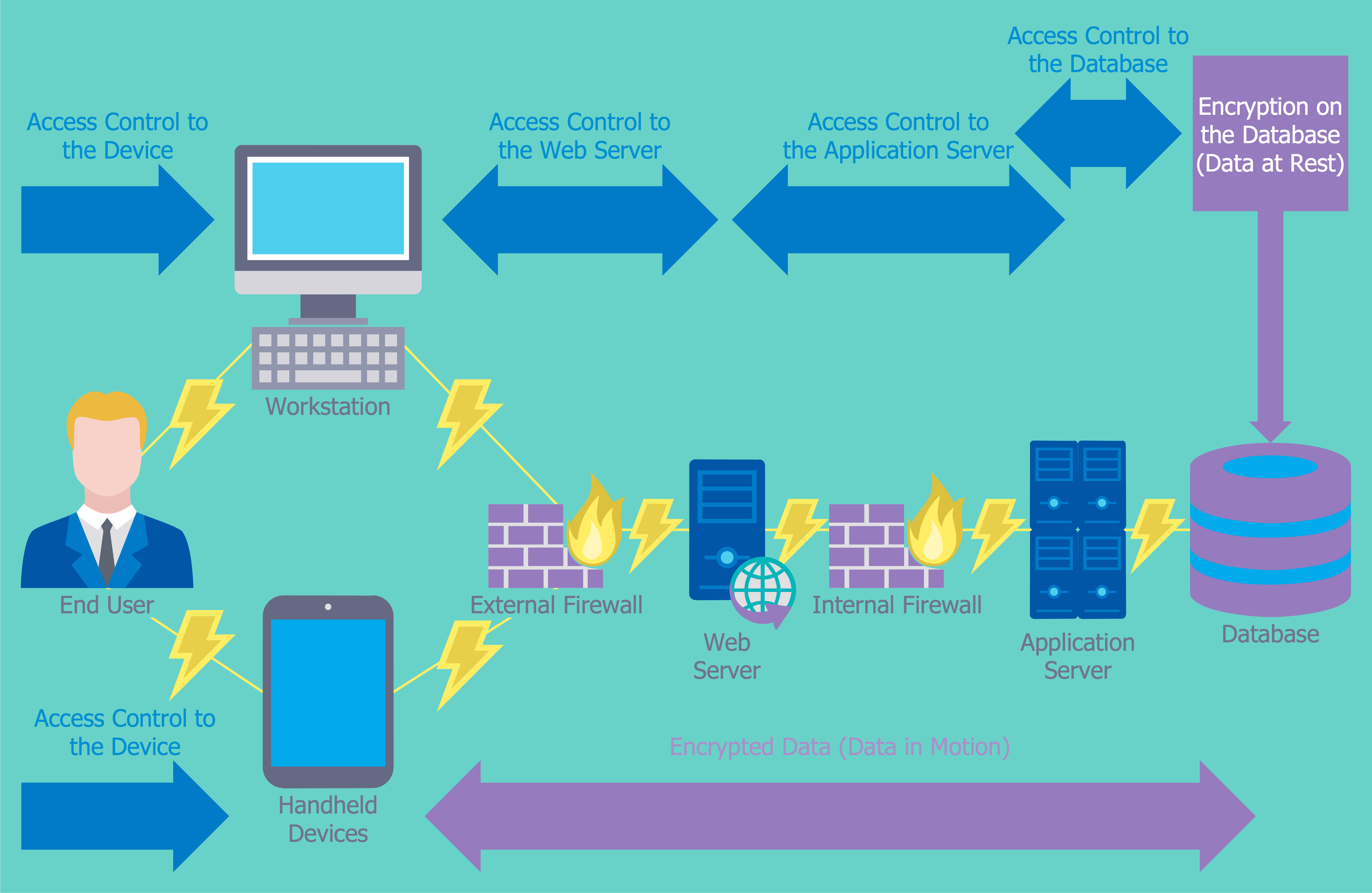Just How Information and Network Safety Shields Against Arising Cyber Hazards
In a period marked by the rapid advancement of cyber dangers, the importance of data and network safety and security has never ever been a lot more obvious. As these risks come to be more complicated, understanding the interaction in between data safety and network defenses is important for alleviating risks.
Comprehending Cyber Hazards

The ever-evolving nature of technology consistently introduces new susceptabilities, making it important for stakeholders to stay watchful. Individuals may unwittingly fall target to social engineering techniques, where assaulters manipulate them into divulging delicate information. Organizations face special challenges, as cybercriminals commonly target them to exploit important information or disrupt procedures.
Moreover, the increase of the Net of Points (IoT) has broadened the strike surface, as interconnected gadgets can work as access points for enemies. Identifying the importance of robust cybersecurity techniques is crucial for reducing these dangers. By cultivating a comprehensive understanding of cyber hazards, companies and individuals can implement effective techniques to secure their electronic possessions, making sure strength despite a significantly intricate threat landscape.
Trick Parts of Data Security
Making sure data protection calls for a complex strategy that incorporates numerous crucial elements. One essential aspect is data encryption, which changes delicate info into an unreadable format, obtainable just to accredited individuals with the suitable decryption keys. This works as a crucial line of protection against unapproved accessibility.
One more vital element is accessibility control, which controls who can watch or control data. By carrying out rigorous individual authentication procedures and role-based access controls, companies can lessen the risk of insider risks and information breaches.

Furthermore, data masking techniques can be used to shield sensitive information while still permitting its usage in non-production settings, such as screening and growth. fft perimeter intrusion solutions.
Network Protection Methods
Implementing robust network security strategies is crucial for protecting a company's electronic facilities. These approaches entail a multi-layered method that consists of both hardware and software solutions made to secure the integrity, discretion, and accessibility of information.
One vital element of network safety and security is the release of firewall softwares, which function as an obstacle between relied on internal networks and untrusted external networks. Firewall programs can be hardware-based, software-based, or a combination of both, and they aid filter outbound and inbound web traffic based on predefined protection guidelines.
In addition, invasion discovery and prevention systems (IDPS) play an essential role in monitoring network web traffic for suspicious activities. These systems can signal administrators to possible breaches and take activity to reduce dangers in real-time. Routinely upgrading and patching software program is also vital, as vulnerabilities can be made use of by cybercriminals.
Furthermore, executing Virtual Private Networks (VPNs) makes certain protected remote gain access to, securing information transmitted over public networks. Finally, segmenting networks can minimize the attack surface area and include prospective violations, restricting their effect on the overall framework. By embracing these strategies, companies can effectively strengthen their networks against arising cyber threats.
Best Practices for Organizations
Developing finest practices for companies is critical in keeping a strong safety pose. A detailed method to information and network safety begins with normal danger assessments to recognize susceptabilities and prospective threats.
In addition, constant employee training and recognition programs are vital. Employees need to be enlightened on acknowledging phishing efforts, social engineering methods, and the importance of sticking to safety and security procedures. Normal updates and spot administration for software application and systems are also crucial to safeguard versus understood susceptabilities.
Organizations should create and evaluate case reaction plans to make sure readiness for potential violations. This consists of developing clear communication networks and roles throughout a safety event. In addition, data file encryption should be utilized both at remainder and in transportation to safeguard sensitive details.
Finally, performing periodic audits and compliance checks will assist make certain adherence to established policies and appropriate laws - fft perimeter intrusion solutions. By adhering to these ideal techniques, organizations can considerably improve their strength versus arising cyber hazards and shield their crucial possessions
Future Trends in Cybersecurity
As companies browse a significantly intricate electronic landscape, the future of cybersecurity is positioned to advance dramatically, driven by arising modern technologies and moving danger standards. One famous pattern is the combination of man-made knowledge (AI) and equipment understanding (ML) right into protection structures, permitting that site real-time risk detection and response automation. These technologies can analyze vast quantities of information to determine anomalies and potential violations a lot more effectively than typical approaches.
An additional essential trend is the increase of zero-trust design, which calls for continuous confirmation of user identities and device security, no matter their location. This strategy minimizes the risk of expert dangers and improves protection versus external attacks.
In addition, the boosting adoption of cloud solutions necessitates durable cloud safety and security strategies that resolve one-of-a-kind vulnerabilities linked with cloud atmospheres. As remote work ends up being a permanent component, securing endpoints will certainly likewise come to be vital, leading to an elevated emphasis on endpoint detection and feedback (EDR) services.
Last but not least, regulatory conformity will certainly remain to form cybersecurity techniques, pressing companies to adopt extra rigid data protection actions. Embracing these patterns will certainly be necessary for companies to fortify their defenses and browse the evolving landscape of cyber risks properly.
Final Thought
In final thought, the implementation of durable information and network safety steps is important for organizations to safeguard versus emerging cyber threats. By making use of file encryption, access control, and reliable network safety techniques, companies can dramatically lower vulnerabilities and site link protect delicate information.
In a period marked by the quick development of cyber threats, the relevance of information and network safety and security has actually never been extra noticable. As these hazards end up being more complicated, understanding the interaction in between information protection and network defenses is crucial for mitigating threats. Cyber hazards include a vast range of destructive activities intended at jeopardizing the discretion, integrity, and accessibility of networks and data. A thorough method to information and network safety and security starts with regular read here risk analyses to identify susceptabilities and potential risks.In verdict, the implementation of robust information and network safety and security measures is important for companies to safeguard versus arising cyber dangers.